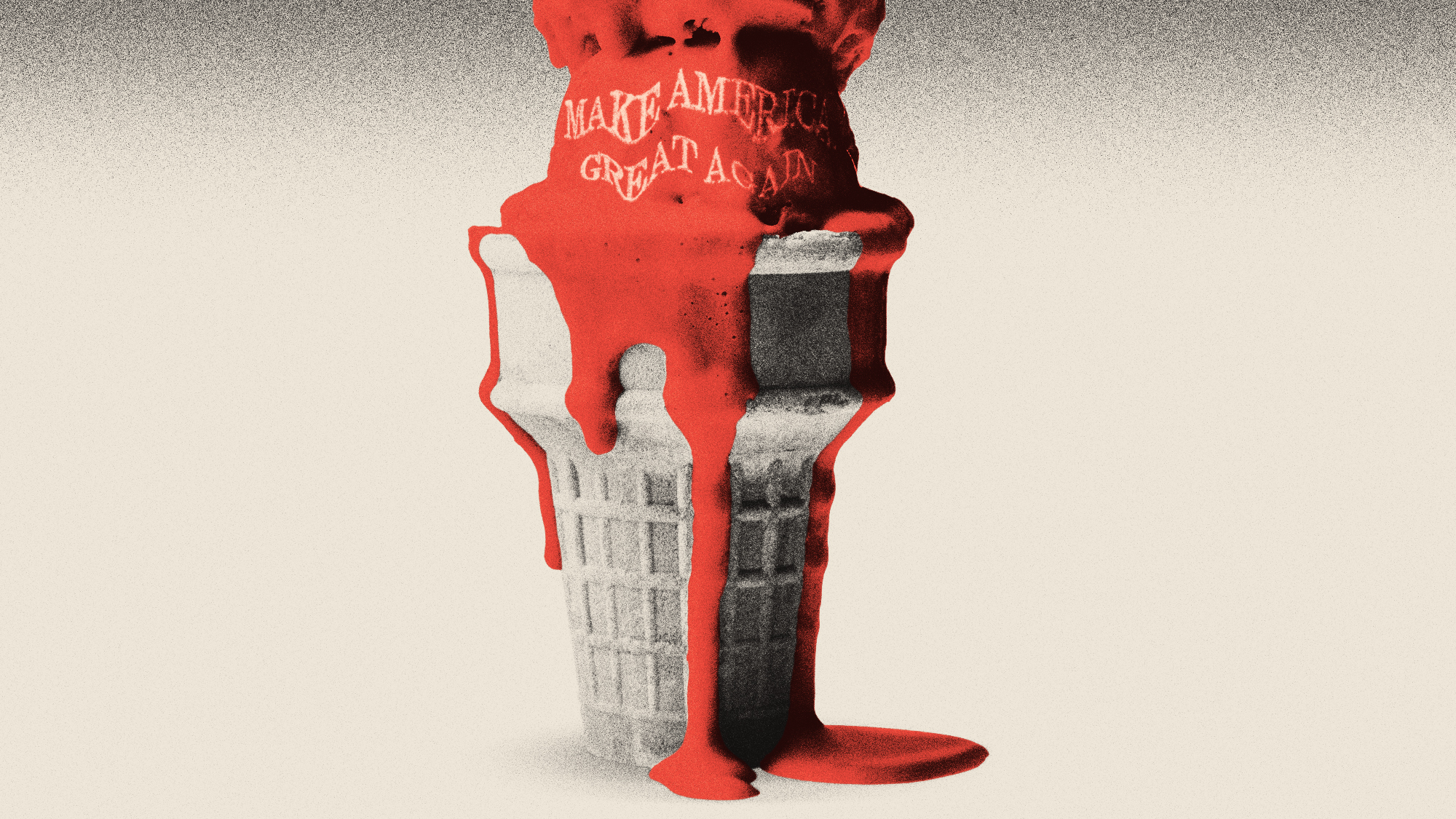The House’s health care option
Is the House Democrats’ plan to tax the rich and make businesses insure employees a viable way to fix U.S. health care?
What happened
The House unveiled its version of health-care overhaul legislation Tuesday. The bill greatly expands health coverage by subsidizing lower-income Americans, penalizing companies that don’t insure their employees, and offering a government-run alternative to private insurance. To pay for this, the bill adds an income surtax on the wealthy and cuts Medicare and Medicaid costs. (The New York Times)
What the commentators said
The Week
Escape your echo chamber. Get the facts behind the news, plus analysis from multiple perspectives.

Sign up for The Week's Free Newsletters
From our morning news briefing to a weekly Good News Newsletter, get the best of The Week delivered directly to your inbox.
From our morning news briefing to a weekly Good News Newsletter, get the best of The Week delivered directly to your inbox.
The House plan is “far from perfect,” said Timothy Noah in Slate. But unlike the versions being kicked around in the Senate, it’s at least “a real health-reform bill.” The inclusion of a public option is crucial—the “most important part of any health-care reform”—but the House bill too restrictive of who can sign up. Also, it would be “more egalitarian” to offer one “reasonably generous” public-option plan, rather than three or four tiers.
It would also be more egalitarian, and better policy, to not make “the rich” pay for the bill, said The Washington Post in an editorial. There’s a good case to be made for a more progressive tax system, but “there is no case” for the new surtax on households making $350,000 and up. Leaving aside fairness issues, President Obama will need to save the tax-the-wealthy card for when he gets “serious about the long-term federal deficit.”
The “paradoxical” thing about the House plan, said Jonathan Cohn in The New Republic, is that it should actually lower the deficit-busting cost of U.S. health care. Bringing more people into the insurance pool, and giving everyone a financial stake, wrings inefficiencies out of the insurance market. But even if “the worst happens” and the cost savings don’t materialize, extending economic and health security to “tens of millions” is a “major accomplishment.”
Of course this would cost more than advertised, said Allahpundit in Hot Air. It’s a government program, so we’ll get cost overruns and lower-than-forecast revenue. And in a clever “sleight-of-hand,” House Democrats have kept the bill to $1 trillion over 10 years, as targeted, by keeping the full annual costs from kicking in for five years. If Democrats want to own this bill, “go for it.”
A free daily email with the biggest news stories of the day – and the best features from TheWeek.com
-
 Metaverse: Zuckerberg quits his virtual obsession
Metaverse: Zuckerberg quits his virtual obsessionFeature The tech mogul’s vision for virtual worlds inhabited by millions of users was clearly a flop
-
 Frank Gehry: the architect who made buildings flow like water
Frank Gehry: the architect who made buildings flow like waterFeature The revered building master died at the age of 96
-
 Is MAGA melting down?
Is MAGA melting down?Today's Big Question Candace Owens, Tucker Carlson, Laura Loomer and more are feuding